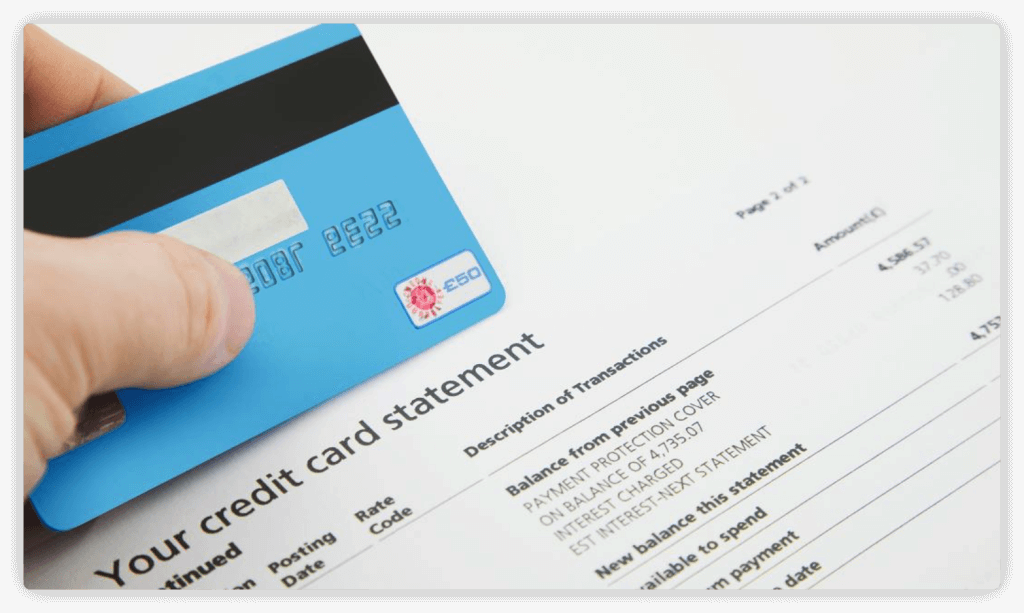
Understanding your credit card statement is important for managing your credit and finances effectively. Your credit card statement contains important information about your credit card usage, payments, and fees, and it is important to review it regularly to ensure accuracy and stay on top of your finances. In this article, we will discuss how to read and understand your credit card statement.
Understanding the Key Components of Your Credit Card Statement
Here are some of the key components of your credit card statement:
- Account information: This section includes your account number, credit limit, and available credit.
- Transactions: This section lists all the transactions made on your credit card during the billing cycle, including purchases, cash advances, and balance transfers.
- Payment and fees: This section includes information about your payment history, minimum payment due, and any fees charged during the billing cycle.
- Interest charges: This section includes information about the interest charged on your credit card balance, including the annual percentage rate (APR) and the amount of interest charged.
- Summary of charges: This section provides a summary of all the charges on your credit card statement, including purchases, fees, and interest charges.
- Payment coupon: This section includes a payment coupon that you can use to mail in your payment.
- Contact information: This section includes contact information for your credit card issuer, including phone numbers and website.
Reading and Understanding Your Credit Card Statement
To read and understand your credit card statement, follow these steps:
- Review your account information: Check your account information to make sure it is accurate and up to date. This includes your account number, credit limit, and available credit.
- Review your transactions: Check the transactions section to make sure all the charges listed are accurate and reflect your credit card usage. If you see any charges that you don’t recognize or that you believe are incorrect, you can contact your credit card issuer to dispute them.
- Review your payment and fees: Check the payment and fees section to see how much you need to pay and by when. This section also includes any fees charged during the billing cycle, such as late fees or over-the-limit fees.
- Review your interest charges: Check the interest charges section to see how much interest you were charged during the billing cycle and what your current APR is.
- Review the summary of charges: Check the summary of charges section to get a comprehensive overview of all the charges on your credit card statement, including purchases, fees, and interest charges.
- Use the payment coupon: If you are mailing in your payment, use the payment coupon to send in your payment along with the required payment amount.
Conclusion
Understanding your credit card statement is important for managing your credit and finances effectively. By reviewing your account information, transactions, payment and fees, interest charges, and summary of charges, you can stay on top of your credit card usage and make informed decisionsRegenerate response
